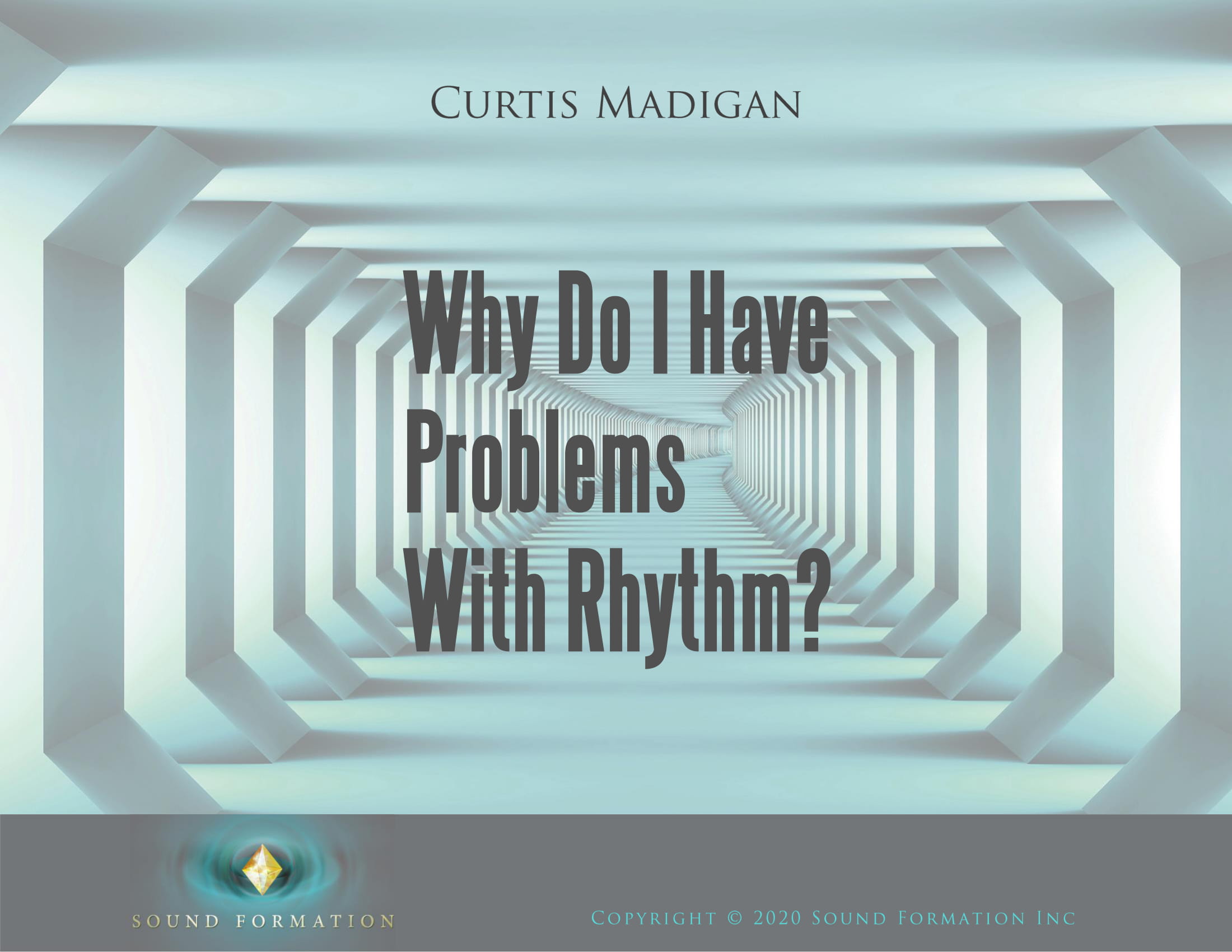“Curtis Madigan’s courses are truly special. Students all over the world practice with metronomes all the time, but it seems there’s only a handful of players who really achieve great rhythm. It’s as if it’s in their bones and can’t be taught. Curtis’s method is the first that I’ve seen that can really teach that X-factor of great, deeply rooted rhythm. I feel like every musician should check this out.” – Drew Taubenfeld, Musical Director for Selena Gomez, Meghan Trainor, Demi Lovato, and Leon Bridges
Curtis Madigan’s innovative theory of rhythm heralds the arrival of an entirely new paradigm for music education. In my twenty years of evaluating arts programs across America, the Sound Formation Method is the most exciting and promising music step-by-step learning system I have seen. Fortunate are the students who have access to this program! This is the future of music education.– Lynn Waldorf, PhD, Arts & Education Consultant
This visual-spatial approach to music is highly engaging and can improve attention and focus. Once learners see the visual representations of rhythmic patterns, they are able to read musical notation more easily and effectively, remembering the shapes of the various rhythms.
Linda Silverman, Ph.D.
Licensed Psychologist
Director, Gifted Development Center
Author, Upside-Down Brilliance: The Visual-Spatial Learner
It’s brilliant how simple and elegant The Rhythm Compass is. It’s offered me a way to visualize and simplify seemingly highly complex beats. Very intuitive.
– Sameer Bhattacharya, Multi-Platinum Guitarist of Flyleaf
Curtis’s method is the first music instruction approach I’ve seen that accounts for the interhemispheric nature of learning. While dominant auditory learners who think symbolically and sequentially and love structure, come naturally to traditional music instruction with its focus on notation and sequential processing, right hemisphere dominant learners need visual, overview and explicit instruction. The Rhythm Compass creates a visual representation of the symbolic, abstract concepts of time and number. In this way, both hemispheres are engaged in learning how to play music. As a result, Curtis has revolutionized music instruction, allowing all students, whether dominantly auditory or visual, a way in to their innate ability to learn musical instrumentation.– Catherine Conlin, PhD, CCC-SLP, Owner and Director of Bright Brain Thinking
The Rhythm Compass is brilliant because it entrains the musician to recognize groove elements VISUALLY as well as aurally and physically.
-Michael Hewett, Guitar World author, Berklee grad, accomplished recording and performing artist
Curtis Madigan, known as the “Rhythm Doctor,” is brilliant. His highly engaging and creative teaching of rhythm through a visual-spatial language, is exciting and innovative. Utilization of his Rhythm Compass brings alive the power of visualization. His strategies for teaching music can also improve focus, attention and physicality. Curtis embraces whole brain learning, which totally resonates with my own professional work in vision therapy. His method should be the future of music education! -Dr. Lynn Hellerstein, International Speaker, Award-Winning Author, Vision Visionary







